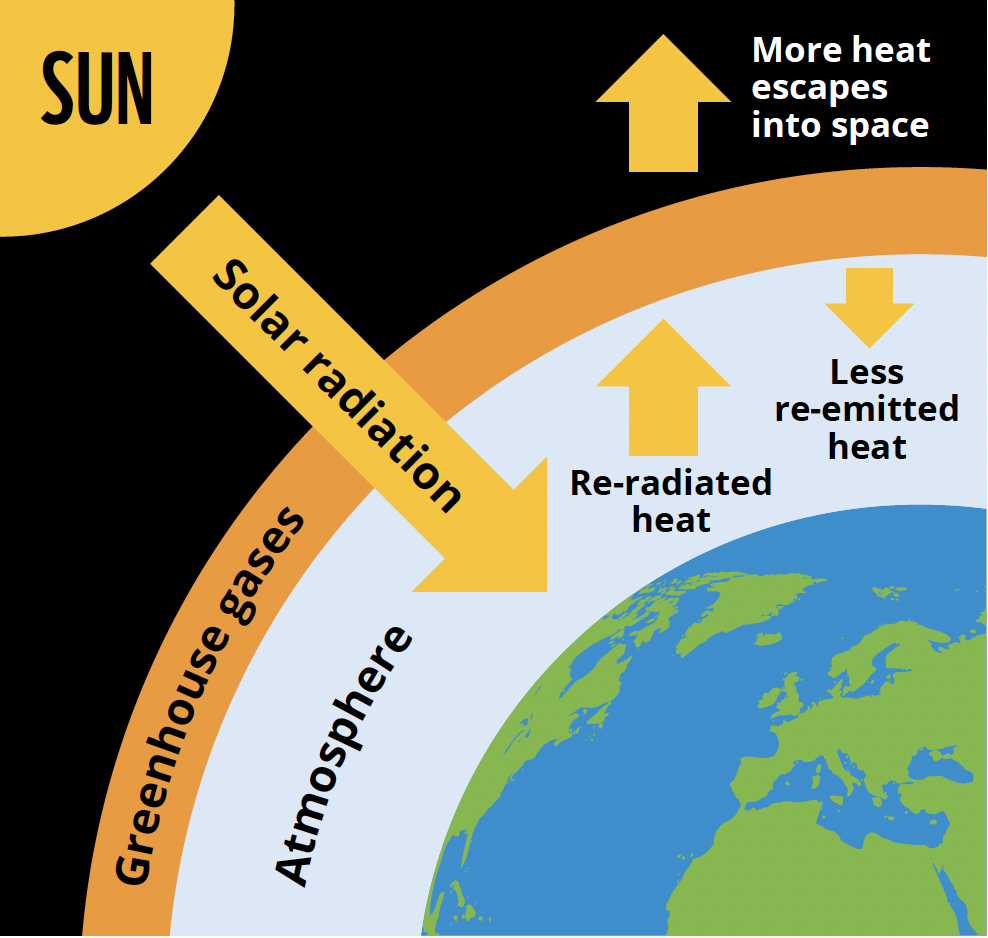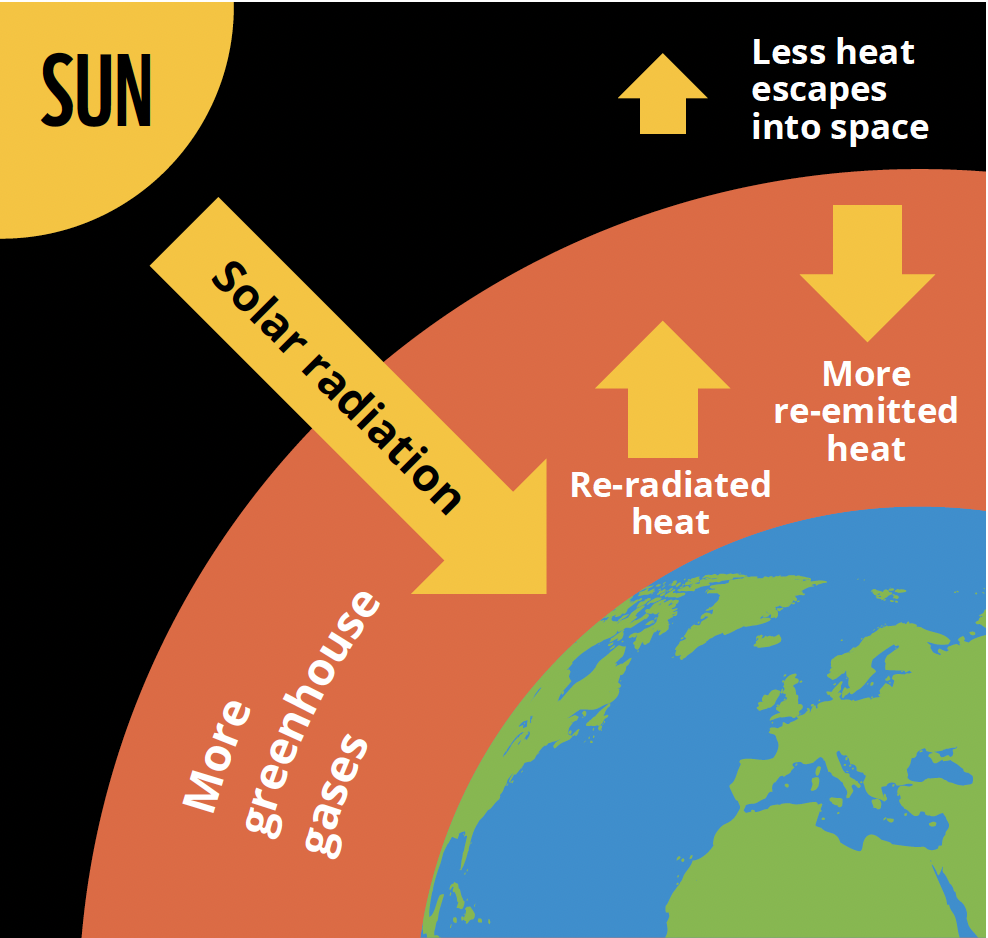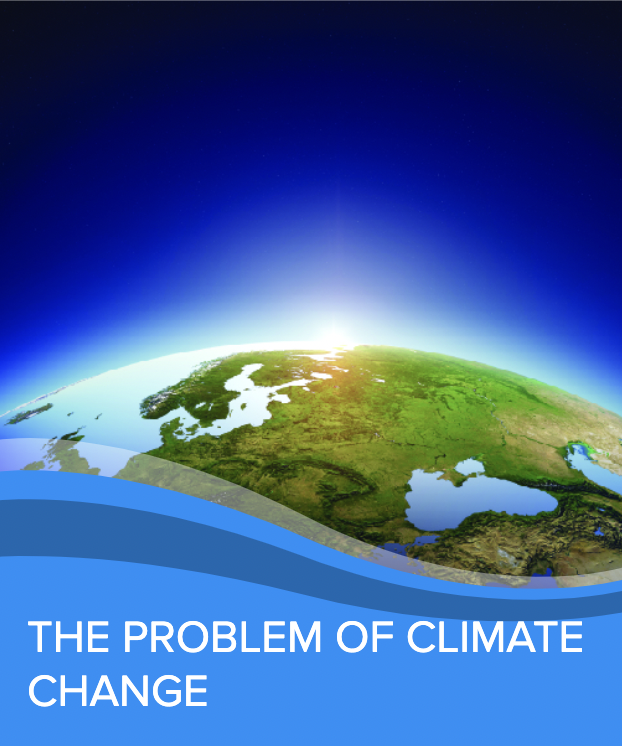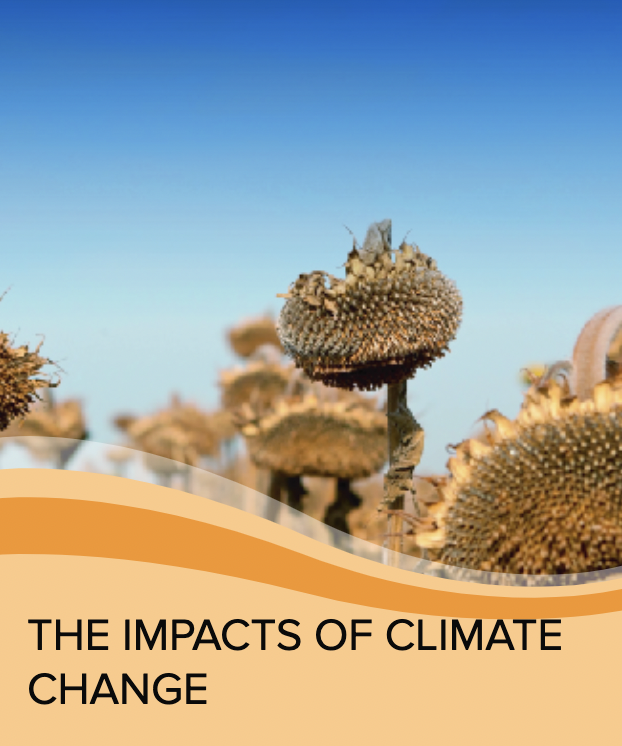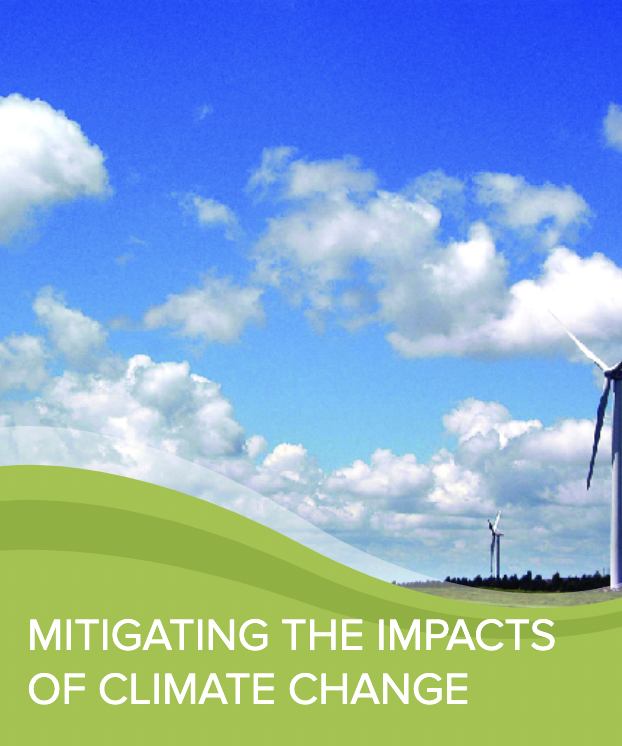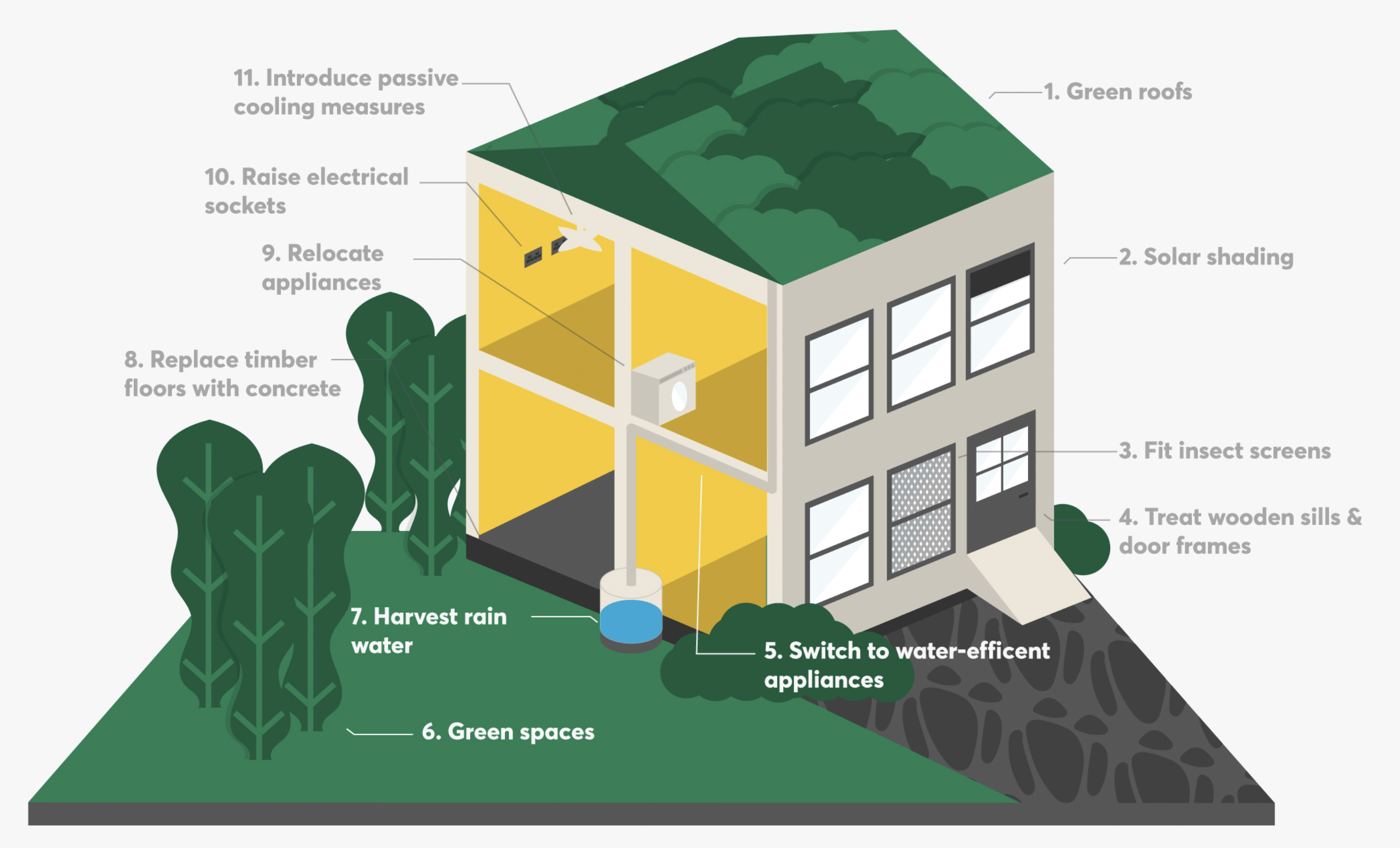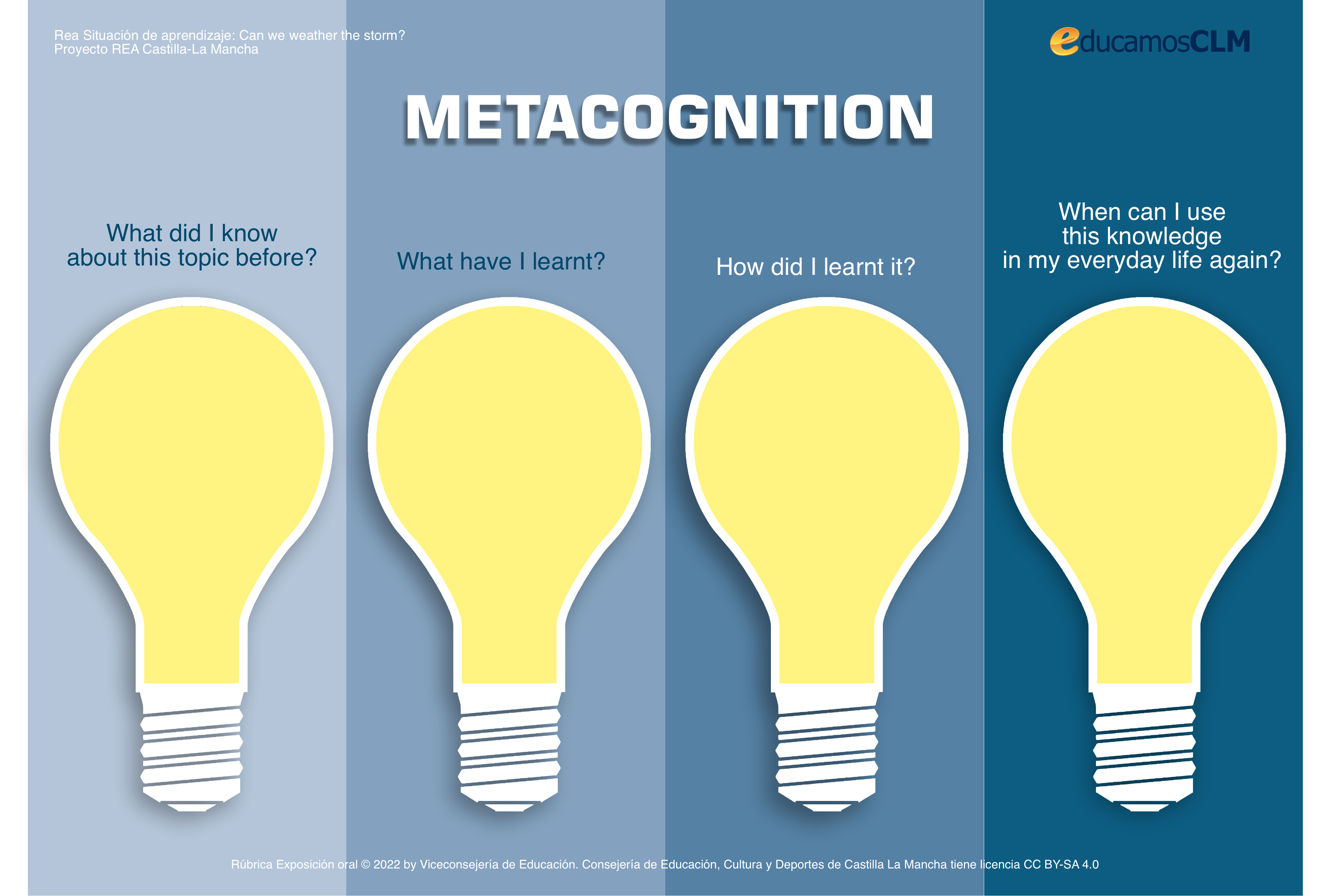What causes the greenhouse effect?
 What causes the Greenhouse effect?
What causes the Greenhouse effect?
"Global temperatures have been rising for over a century, accelerating in the past 30 years, and are now the highest on record. Human activity is releasing greenhouse gases into the atmosphere. These gases are carbon dioxide, surface level ozone, water vapour, methane, nitrous gases, and CFCs. The biggest contributor to the warming effect is carbon dioxide, which is released by burning fossil fuels for energy, farming, and destroying forests. These emissions are causing the greenhouse effect – trapping heat and making the Earth warmer to an extent that can’t be explained by natural factors alone. This is affecting weather patterns and habitats, plants and animals. People and wildlife often can’t keep up with the changes that are happening to their homes." WWF What is Climate Change?
Greenhouse Gases

 Find out more about Greenhouse Gases!
Find out more about Greenhouse Gases!
Take a look at the following pictures. You can learn more about Greenhouse Gases and now they affect Global warming.
Act up!
You might think that you are too young to do anything about Climate Change. You might also think that even if you do something you are only one person against the whole world. Well, think twice! Greta Thunberg and Jack Harries (with his twin brother Finn) started to fight Climate change from a very young age.
 Young people can make a difference.
Young people can make a difference.
1. Ask your teacher to divide the class into two groups:
Group A is going to watch Greta's speech at TED Stockholm.
Group B is going to watch Jack's video.
2. Watch the video individually and make notes about important facts in Greta's aand Jack´s lives. Then, in your group compare your notes with your classmates and create a profile on the activist.
3. Now it's time to tell the other group what you know about the activist you watched in the video.
4. Ask your teacher to arrange the whiteboard/blackboard in two columns. If you're doing it digitally, you can create a shared document and project it.
5. Choose a spokesperson and write on the board (or the shared document) the most important/relevant information you have on the activist.
6. Compare both profiles and decide which one you think is doing the most to save the planet.
How big is your Carbon footprint?
 Carbon Footprint Calculator.
Carbon Footprint Calculator.
"Our carbon footprint measures the total amount of greenhouse gases released into the atmosphere as a result of our daily actions. It’s measured in the tonnes of carbon we produce each year. Each person’s carbon footprint depends on the things they do that impact the planet. It includes the amount of electricity they use and where this comes from, how much they travel, what they eat, where they go on holiday, how much stuff they buy and how much rubbish they throw away." WWF Introduction to Climate Change
 Calculate your carbon footprint.
Calculate your carbon footprint.
Click on the picture below to access the WWF Carbon footprint calculator and answer all the questions to know how big your environmental footprint is.

Share your result with your partner and see how different/similar you are. Then, with the help of your teacher, discuss the results in class and think of ideas to reduce your carbon footprint.
![]()
 What is climate change?
What is climate change?![]() next to title.
next to title.![]()
 Reading activity: Global warming.
Reading activity: Global warming.